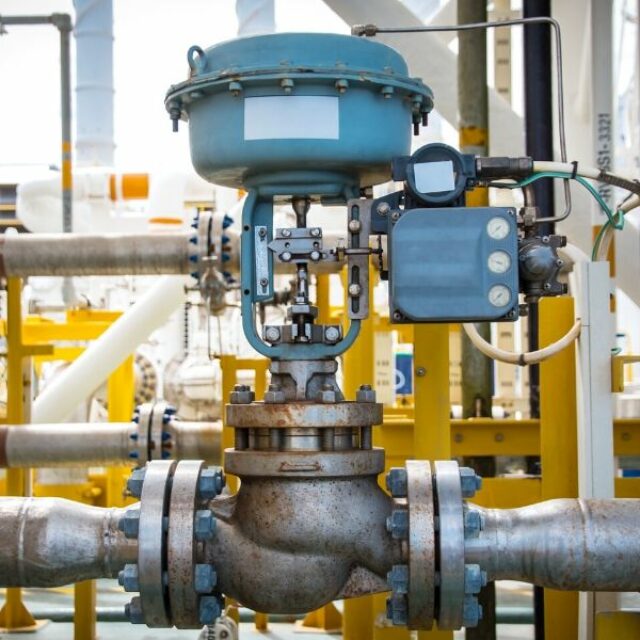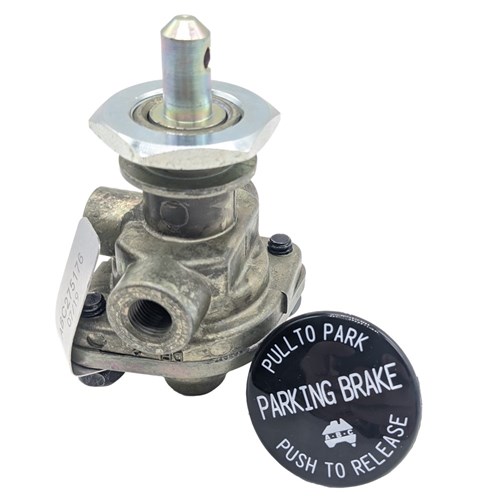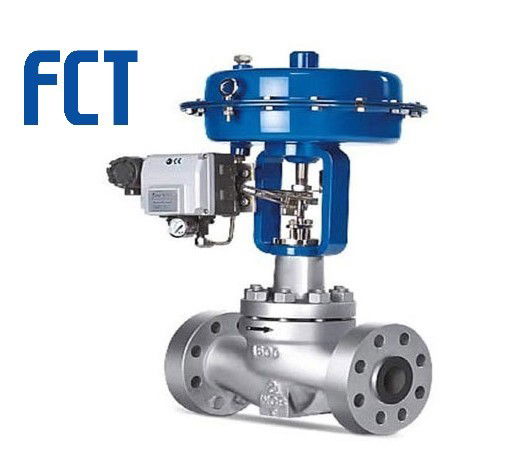Achieve Seamless Integration and Control With High Quality Building Automation Controls
In the realm of modern-day building monitoring, the value of quality structure automation controls can not be overemphasized. Accepting high quality structure automation controls is not simply a matter of convenience yet a strategic essential for companies intending to enhance their centers' efficiency and sustainability.

Evolution of Structure Automation Controls
Throughout the past few years, the advancement of developing automation controls has significantly changed the method buildings are managed and run. At first, constructing automation systems largely concentrated on standard functions such as regulating ventilation, air, and heating conditioning (HVAC) systems. As modern technology advanced, these controls have actually come to be extra innovative, permitting for a larger array of structure systems to be integrated and managed centrally.
The advancement of developing automation controls has actually seen a change in the direction of even more intelligent systems that can adapt to altering problems in real-time. This adaptability is critical for enhancing power performance and making sure owner comfort. In addition, contemporary building automation controls currently use functions such as anticipating upkeep, remote tracking, and information analytics, enabling center managers to make data-driven decisions to improve building performance.

Benefits of Top Quality Combination
The advancement in building automation manages towards more intelligent systems has underscored the considerable advantages of high quality assimilation in enhancing structure operations and enhancing total performance. Quality assimilation of constructing automation controls offers numerous key benefits. It leads to improved power performance by allowing different systems to function with each other effortlessly, guaranteeing optimum efficiency and minimizing energy waste. Second of all, quality integration boosts resident comfort and productivity by enabling customized control over environmental setups like temperature level, illumination, and air top quality. This customization can bring about an extra favorable and comfortable working or living setting. In addition, top quality combination streamlines maintenance and fixing procedures, as all systems are interconnected and can be monitored and managed from a central interface. This central control also gives far better exposure and insights into structure performance, enabling aggressive upkeep and optimization strategies. Overall, the benefits of top quality integration in structure automation controls are indisputable, providing enhanced effectiveness, convenience, and operational effectiveness.
Boosted Customer Experience and Accessibility
Enhancing customer interaction with building automation controls through user-friendly design and improved accessibility boosts the total experience for owners and facility managers alike. By concentrating on customer experience, developing automation systems can become a lot more reliable and user-friendly. User-friendly interfaces, clear navigation, and adjustable setups empower individuals to communicate with the controls conveniently and efficiently.
Accessibility features play a critical duty in guaranteeing that all individuals, consisting of those with disabilities, can make use of the building automation regulates easily. Integrating features such as voice commands, responsive buttons, and color-contrasted screens can enhance availability and make the controls a lot more comprehensive.
Additionally, improved customer experience brings about greater customer complete satisfaction, boosted productivity, and much better decision-making. Owners can change ecological setups according to their preferences, while facility managers can efficiently check and handle structure systems - control valves. Generally, focusing on customer experience and access in structure automation controls adds to a more effective and smooth building setting for all stakeholders involved
Sustainable Practices Via Automation

Furthermore, automation can help with the assimilation of renewable energy sources such as solar panels or wind generators right into structure operations. Through automation, buildings can straighten with modern-day sustainability objectives and contribute to a greener future.
Future Trends in Structure Control Systems
In anticipation of evolving and progressing innovations sustainability methods, the trajectory of structure control systems is positioned to accept innovative remedies and transformative methods. One noticeable pattern forming the future of building control systems is the enhanced integration of Expert system (AI) and artificial intelligence. These technologies make it possible for structures to adapt in real-time to changing conditions, optimizing power usage and boosting convenience for passengers. Furthermore, the Web of Points (IoT) is revolutionizing building control systems by attaching devices and sensors to enhance and streamline operations performance.
Another vital pattern is the emphasis on cybersecurity steps to secure versus prospective dangers to building automation systems. As structures come to be more interconnected, making sure robust cybersecurity protocols will certainly be crucial to guard delicate data and stop unapproved accessibility.
Furthermore, the change in the direction of cloud-based systems is getting energy, enabling systematized control and remote accessibility to building systems. This helps with simpler monitoring, upkeep, and updates, boosting the general performance and adaptability of structure control systems. As technology remains to development, these trends are expected to form the future landscape of more information structure automation controls, driving development and sustainability in the constructed setting.
Final Thought
In final thought, constructing automation controls have actually progressed considerably, offering countless advantages such as improved individual experience, access, and lasting methods. Quality assimilation plays an essential role in achieving smooth control and reliable procedure of structure systems. Future patterns in structure control systems are most likely to concentrate on more enhancing automation capacities for enhanced energy efficiency and total efficiency. It is important for building proprietors and drivers to focus on the fostering of top quality building automation controls to maximize structure procedures and attain lasting sustainability goals.
In the realm of modern building monitoring, the significance of top quality building automation controls can not be overstated. In general, the advancement of structure automation manages continues to drive innovation in the building management sector, using brand-new opportunities for developing smarter and more sustainable buildings.
The innovation in structure automation manages view website towards more smart systems has emphasized the substantial benefits of quality integration in enhancing building procedures and boosting overall efficiency. In general, focusing on individual experience and availability in structure automation controls contributes to a much more efficient and seamless structure environment for all stakeholders entailed.
It is important for building owners and operators to prioritize the fostering of quality building automation regulates to enhance building procedures and attain long-lasting sustainability objectives. - control valves